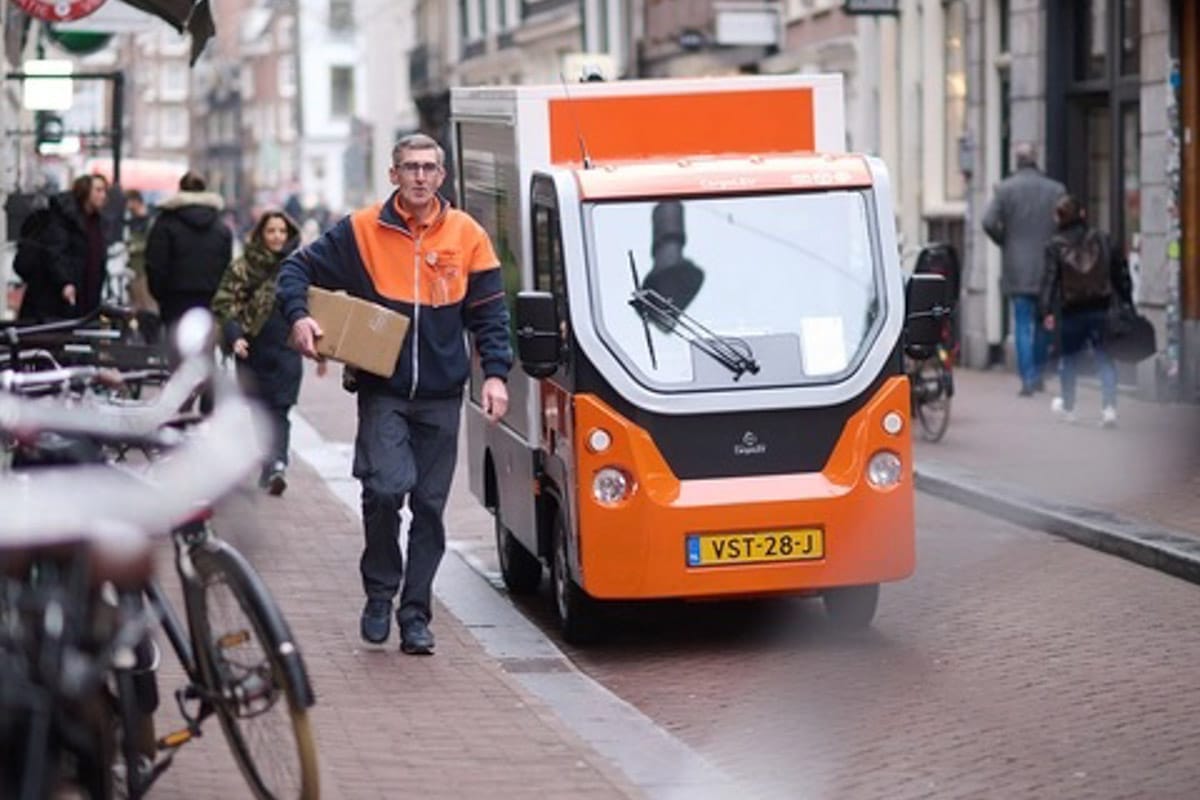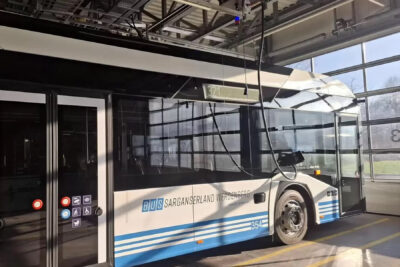Dutch postal service expands emission-free delivery area
PostNL already delivers completely emission-free in 27 city centres in the Netherlands, which is significantly more than the 14 cities where this is now required by law. Recently, PostNL also began making zero-emission deliveries in the entire area within Amsterdam’s A10 ring motorway, making the zero-emission delivery area 3.5 times larger than the city’s official zero-emission zone.
The cities in which there are no designated zero-emission zones, but where PostNL still delivers emission-free, include Almere, Breda and Enschede. Many larger cities, such as Amsterdam, The Hague, Eindhoven and Tilburg have such zones. According to PostNL, electric deliveries are increasingly being made not only in the city centres but also in the surrounding areas. PostNL’s electric fleet now covers more than 1.5 million kilometres per month.
By 2030, PostNL wants to deliver completely emission-free from the last sorting centre to the doorstep in both the Netherlands and Belgium. “Currently, 30% of our last-mile delivery across the Netherlands is emission-free, and that number continues to grow,” said Linde Jansen, CFO at PostNL. “Expanding the number of zero-emission delivery zones is fully aligned with our sustainability ambition.”
PostNL wants to take a step-by-step approach to further expansion on the way to the 100 per cent target and consider “what is locally, technically and practically feasible.” This is because the switch to electric delivery operations is not just about replacing the vehicles, but also about the charging infrastructure, “new route planning based on vehicle range and taking into account the daily routines of the delivery staff.”
The topic of charging and smart charging with grid management is becoming increasingly important. Grid congestion is becoming a growing challenge, as charging is not always possible everywhere or at all times,” according to PostNL. Ionity CEO Jeroen van Tilburg, himself a native of the Netherlands, also recently spoke about the grid problem in an interview with electrive. “Six years ago, it took only about three months to get a grid connection. It was known as one of the countries where deployment was fastest,” said van Tilburg. “Fast forward to today, it takes until 2028 or 2029 to get a grid connection. This is how rapidly the industry is changing.” The first projects are already underway to stop grid congestion. In Amsterdam, for example, smart charging is to be used to relieve the power grid. This is because the bottlenecks in the power grid mean that city planners now have to choose between new flats and new charging stations, as the grid cannot cope with both at the same time.





0 Comments